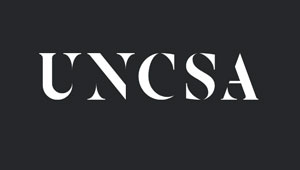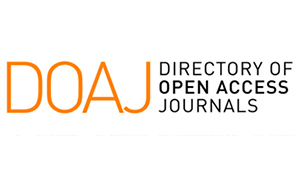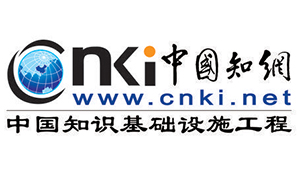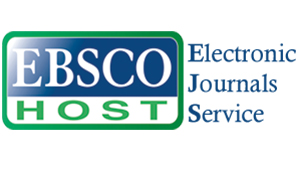Enzo Renatto Bazualdo Fiorini, Chuquimango Chilón Moisés, Teddy William Saavedra Alvarado, Edwin Pajares Huaripata, Robert Julio Contreras Rivera
DOI: 10.59427/rcli/2023/v23cs.1314-1324
The objective of the research is to determine the correlation between accessibility and the satisfaction of external users. Find the personal factors that are related to accessibility and satisfaction. Material and methods: Quantitative, cross-sectional and correlational research, in a sample of 361 users treated in outpatient clinics, chosen by non-probabilistic sampling, to whom a validated tool of 36 questions was applied with Cronbach’s alpha of 0.786 for accessibility, and 0.813. for satisfaction. The information was treated with inferential statistics, using Chi square to find the correlation with a 95% confidence interval and p value <0.05; Bivariate analysis with binary logistic regression was performed to establish prevalence risk with the SPSS 25 Software. Results: There is a relationship between accessibility and external user satisfaction (X2=8.255 and p= 0.004). Accessibility was adequate at 52.4%, acceptability and service contact were accessibility barriers with 88.1% and 69.3% respectively. Satisfaction was 61.8%. The availability dimension (X2=9.808; p=0.002) and the service contact dimension (X2=3.917; p=0.048) are related to satisfaction. The type of customer is only related to satisfaction (X2=5.554; p= 0.018). The level of education (X2=12,177; p=0.016), occupation (X2=13,792; P=0.003) and socioeconomic level (X2=19,688; P=0.000); are related to accessibility Conclusions: There is an association of accessibility with user satisfaction. The personal factor associated with satisfaction was the type of user and for accessibility it was the level of education, occupation and socioeconomic level.
Pág 1314-1324, 28 Jul








